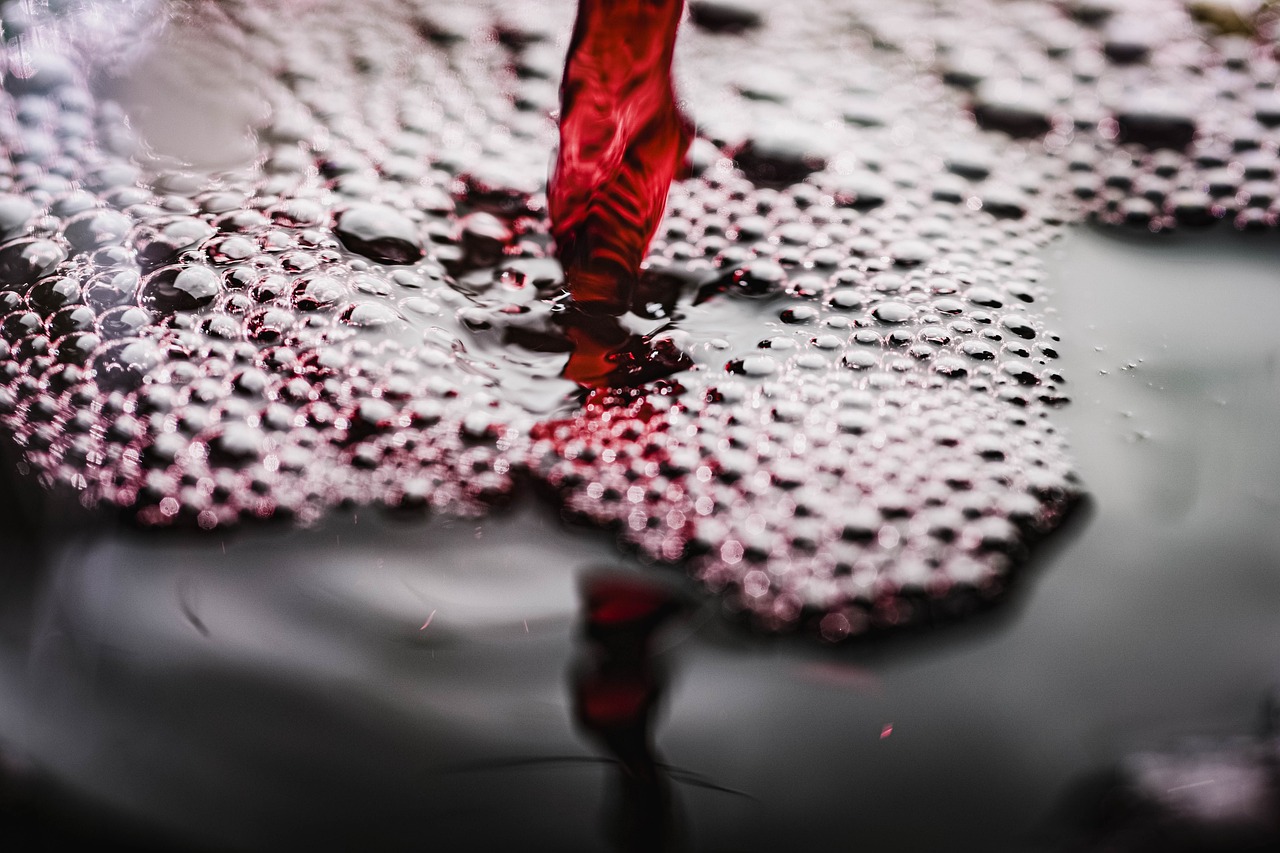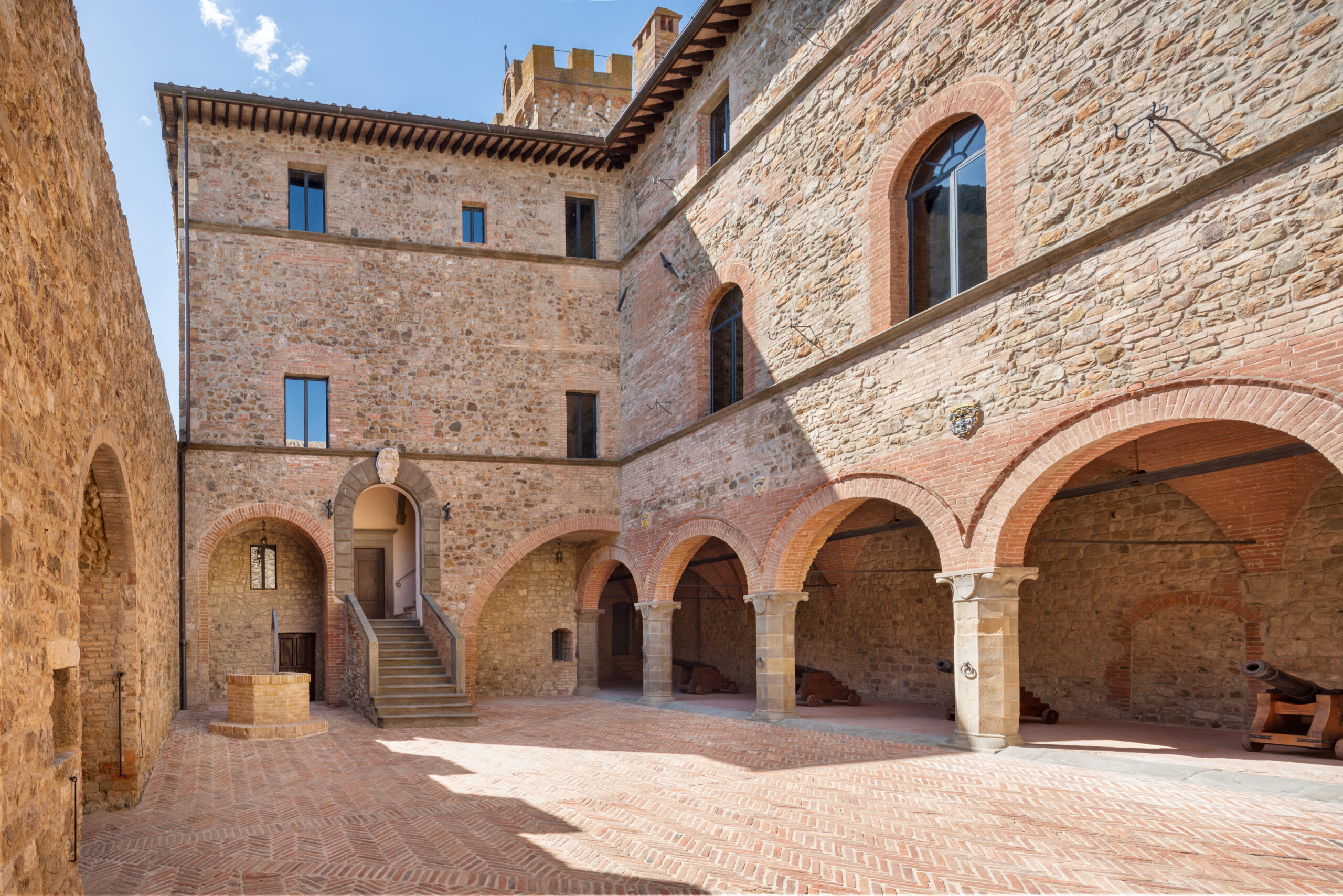Le wine decanting operations serve to avoid altering its taste and peculiarities: here is how and when to do it correctly.
When to decant wine?
Some processes, in fact, such as decanting wine, require a profound knowledge of the local grapes and their characteristics, in order to preserve their perfumes and aromas until the bottling and tasting of the final product. It is precisely the operation of decanting wine that allows its taste and aroma to be preserved intact. But when does one decant wine and why?
Why we decant wine
Before explaining when to decant wine and at what stage of the production process this delicate operation takes place, it is essential to know why you decant wine. wine.
Its purpose is, as mentioned above, to keep the chemical, biological and organoleptic characteristics of the wine intact in order to guarantee its quality and eliminate fermentation residues.
In fact, the alcoholic fermentation of the must necessarily produces waste substances such as spent yeast, skins, grape seeds and other sediments that are deposited at the bottom of the barrel and which, if not separated at the right time, risk affecting the quality of the wine. The operation of decanting the wine is carried out right after fermentation, with particular attention to the timing to be followed, which varies from wine to wine.
When to decant wine: a question of balance and timing
Intervening too early by racking the wine would not give the must the necessary time to come into contact with the yeasts and thus develop alcoholic fermentation.
Intervening too late, thus leaving the wine in contact with the spent yeast for a long time, would instead produce unpleasant odours and tastes inside the barrel that would irreparably alter the wine's characteristics. These odours are also known as 'lees odours'. It is up to the oenological team to know when to decant the wine.
In the process of decanting wine, special attention must be paid to the phenomenon of oxygenation, i.e. exposure of the product to the air: on the one hand, it is necessary to oxygenate the wine to eliminate any 'lees odours';
on the other hand, it must not oxygenate too much so as not to lose its distinctive olfactory characteristics.
Every wine has its own times and experts have learnt to know them: a delicate wine with few tannins, for example, needs to be protected from contact with oxygen while a full-bodied red can benefit from brief exposure to air.
Air racking and indoor racking
In order to preserve the peculiarities of each wine, two different methods can be used to decant the wine:
racking in the air and racking indoors.
On air racking consists of decanting the wine from the vessel in which it has been fermenting into a smaller, open vessel to encourage oxygenation and the elimination of unpleasant odours that may be created during fermentation itself.
On closed pouring, on the other hand, is generally used for more delicate wines and minimises contact with air by exploiting the action of a pump (called an 'oenological pump') that transfers wine from one container to another.
First, second and third decanting: when are they done?
Answering the question "when do you decant wine?" is not easy as wines undergo at least three decanting operations, if not more in the case of reds aged several years:
- the first racking takes place immediately after fermentation, with different timing depending on the type of wine;
- the second decanting is carried out in early winter, when the low temperatures make it easier for the sediment and lees to fall to the bottom of the barrel;
- the third transfer is generally done in spring, between March and April.
After the third racking, white wines are ready to be bottled while for red wines the ageing process in the cellar begins.
So when does one decant red wine to age? Red wines that rest in the cellar for several years generally have to be racked twice a year (in spring and winter) and, if necessary, a small quantity of sulphur dioxide is added, a substance that is indispensable to prevent the proliferation of bacteria inside the barrels, in order to replenish the amount lost and volatilised during racking.


